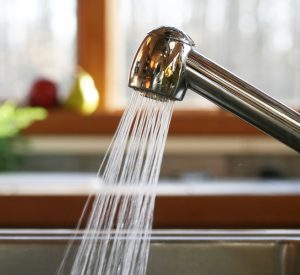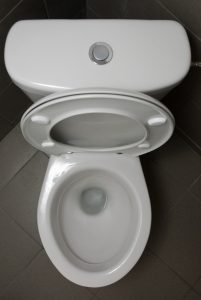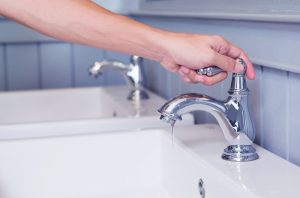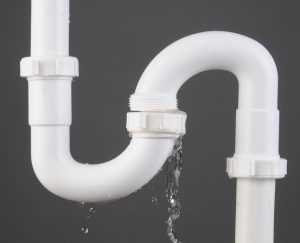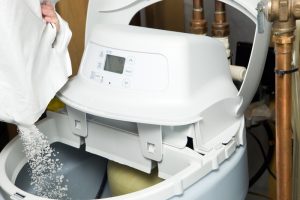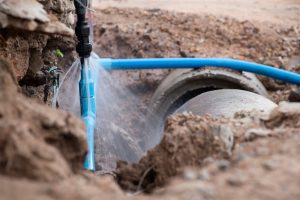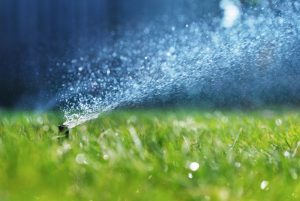There’s nothing quite like starting or ending your day with a refreshing, spa-like shower. But if your water pressure is weak, your drains are slow, or your showerhead is outdated, your daily routine can feel more frustrating than relaxing.
At General Plumbing and Air Conditioning, we believe your shower should be a place of comfort—not stress. With professional drain cleaning services and a wide selection of modern, high-performance showerheads, we can help transform your bathroom into the ultimate comfort zone. And right now, we’re making it even easier with $75 off a new showerhead with installation.
Here’s how we can help you achieve the shower experience you’ve always wanted.

